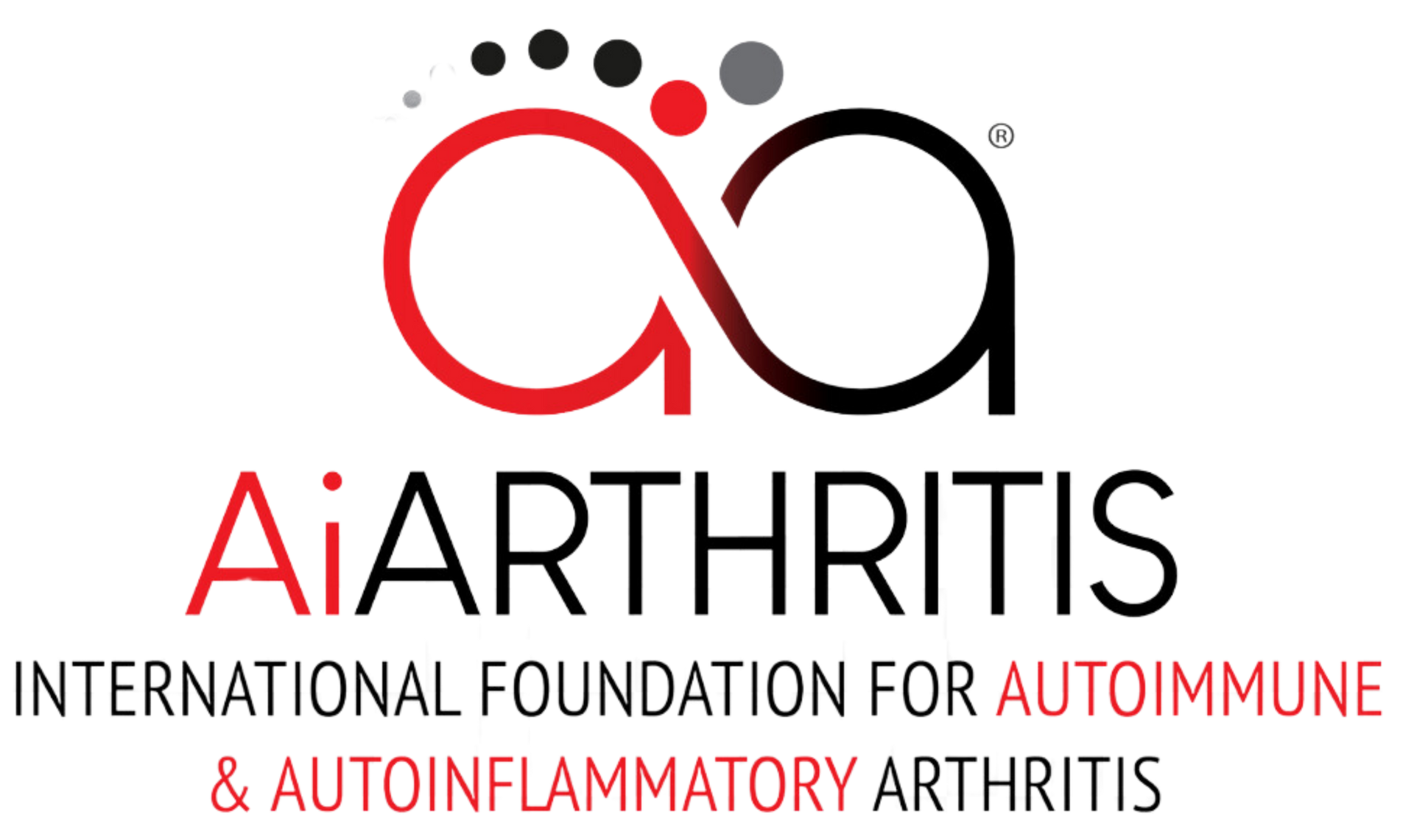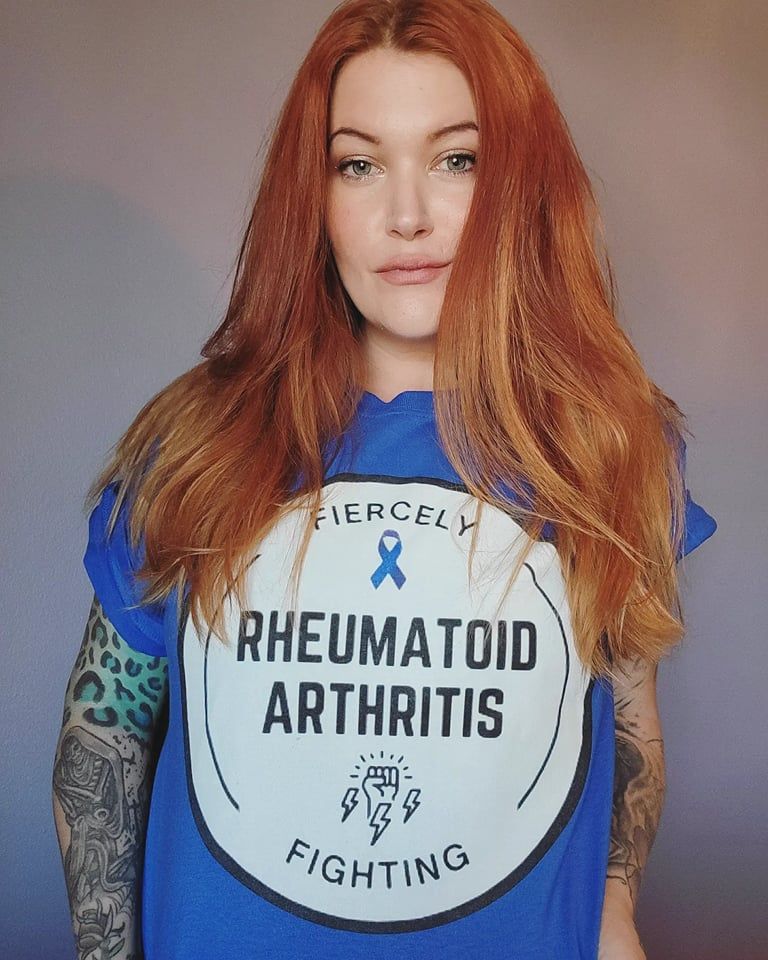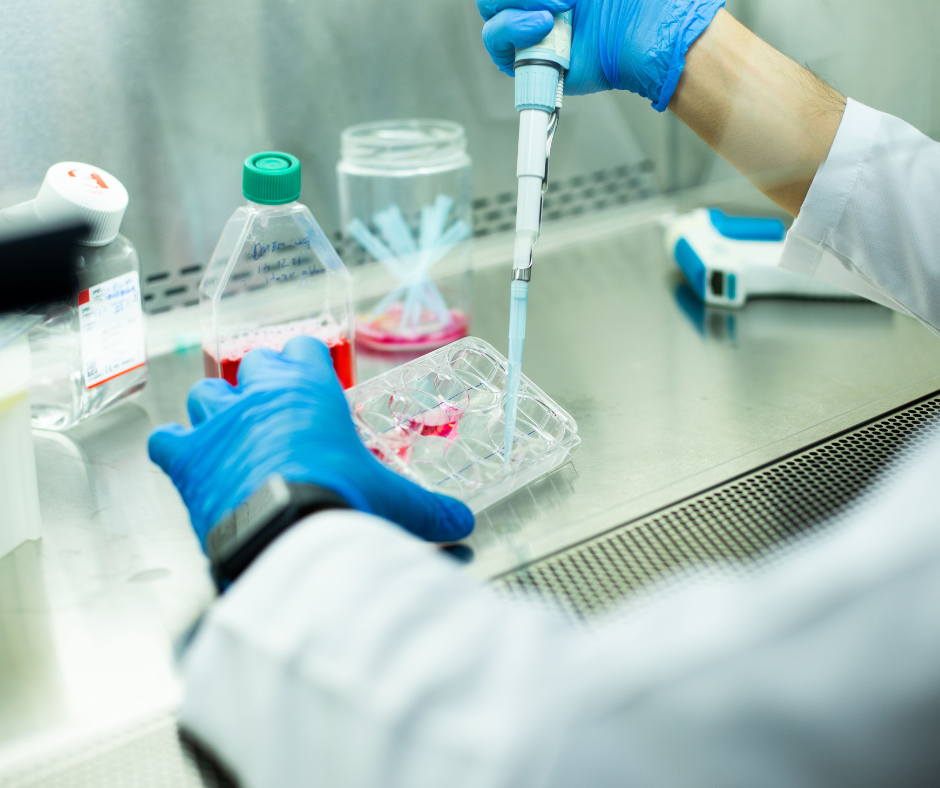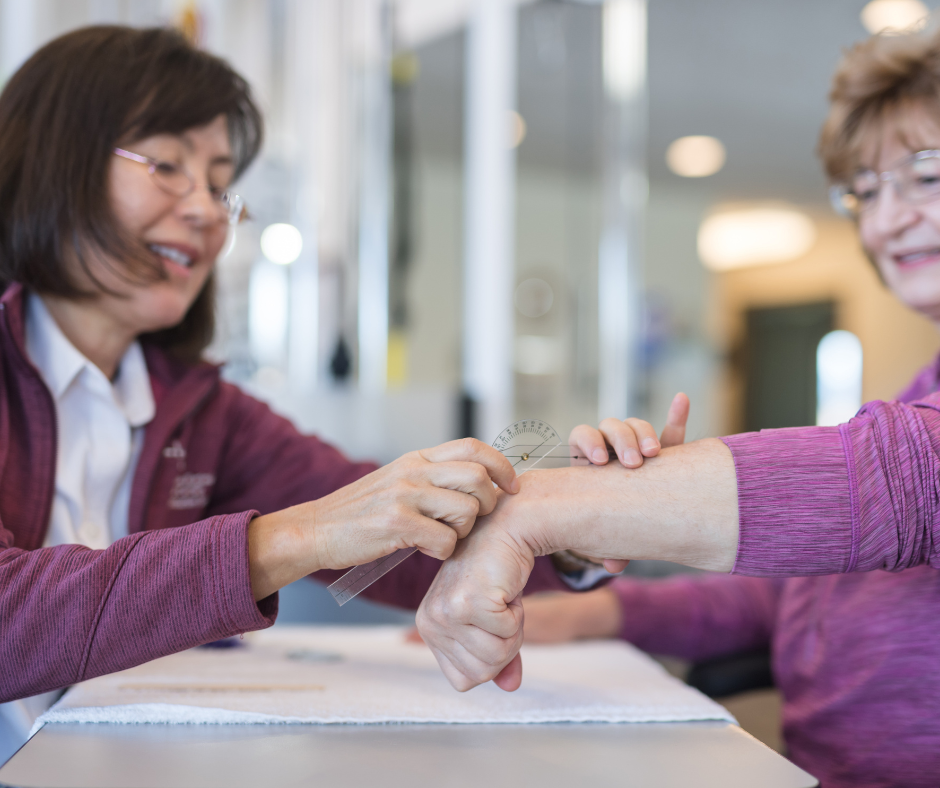February 2nd Annually
Rheumatoid Arthritis Awareness Day, observed annually on February 2nd, is a vital initiative aimed at spreading awareness about rheumatoid arthritis (RA), an autoimmune disease that affects millions of people worldwide.
Origin of Rheumatoid Arthritis Day
Established by the Rheumatoid Patient Foundation (RPF) in 2013, this day seeks to educate the public about the challenges faced by those living with RA and to dispel common myths surrounding the condition. Unfortunately it appears as this organization is no longer active, stating on their facebook last year that their domain no longer belongs to them either. It’s unfortunate to see no activity on this day, which is why I am making content and raising my voice as someone living with rheumatoid arthritis.
Why is Rheumatoid Arthritis Awareness Day Important?
Rheumatoid Arthritis Awareness Day is important because it educates the public about RA, encouraging early diagnosis and treatment. It promotes advocacy and support, dispels myths, highlights the challenges faced by individuals with RA, and encourages research and innovation. The day also builds support networks, helping people with RA manage the disease more effectively and fostering a sense of community and understanding.
What Is Rheumatoid Arthritis?
RA is a chronic inflammatory disorder that primarily affects the joints, causing pain, swelling, stiffness, and loss of function. However, its impact extends beyond the joints, potentially affecting other organs such as the heart and lungs. Some individuals experience flare-ups with increased joint soreness, followed by periods of few symptoms, while others may have gradually worsening symptoms over time. Despite its prevalence, RA is often misunderstood, leading to delayed diagnosis and treatment.
Symptoms of Rheumatoid Arthritis
- Joint pain and stiffness: Especially in the morning or after periods of inactivity.
- Swelling: Persistent swelling in multiple joints, particularly in the hands, wrists, and feet.
- Fatigue: Feeling unusually tired.
- Fever and loss of appetite: Sometimes present.
- Symmetrical symptoms: Affecting the same joints on both sides of the body.
How To Ask Your Doctor About Rheumatoid Arthritis
The first step to a rheumatoid arthritis test is to bring up your symptoms to your family physician, ask for the appropriate blood work and referral to see a rheumatologist. The sooner the better because wait times to see rheumatologists are often long as there is a lack of them in many communities.
Describe your symptoms: Be specific about the pain, stiffness, and swelling you're experiencing. Don’t forget to mention fatigue, malaise, or cognitive dysfunction if you are experiencing these. Discuss how they are impacting your everyday life and how long they have been happening. Be sure to mention if anything makes your symptoms worse or feel better. I highly suggest writing them out, be precise and do not skip any details.
Ask about diagnostic tests and referral to a rheumatologist: Inquire about blood tests (like rheumatoid factor and anti-CCP antibodies) and imaging tests (like X-rays or MRIs). Rheumatologists are the ones who diagnose patients with rheumatoid arthritis or similar conditions.
Diagnosing Rheumatoid Arthritis
- Physical examination: Checking for joint swelling, redness, and warmth.
- Blood tests: Elevated erythrocyte sedimentation rate (ESR) or C-reactive protein (CRP), rheumatoid factor, and anti-CCP antibodies.
- Imaging tests: X-rays, MRI, or ultrasound to assess joint damage.
Not All Rheumatoid Arthritis Is The Same
Seropositive rheumatoid arthritis (RA) is characterized by the presence of specific antibodies, such as rheumatoid factor (RF) or anti-cyclic citrullinated peptide (anti-CCP) antibodies, in the blood. These antibodies are typically absent in seronegative RA. While both forms involve similar symptoms, such as joint pain, swelling, and stiffness, seropositive RA may be associated with more severe disease progression and a higher risk of extra-articular manifestations (involving organs other than the joints), compared to seronegative RA.
Not everyone’s rheumatoid arthritis is the same, there are mild, moderate and severe which are similar but have a different impact on someone’s life and are treated differently.
Mild Rheumatoid Arthritis
- Symptoms: Joint pain, stiffness, and slight swelling, primarily affecting smaller joints like fingers and toes.
- Impact: Symptoms are manageable with over-the-counter medications and regular activity. Minimal effect on daily activities and quality of life.
- Treatment: Non-steroidal anti-inflammatory drugs (NSAIDs) and physical therapy.
Moderate Rheumatoid Arthritis
- Symptoms: More noticeable joint pain, swelling, and stiffness, often in larger joints such as the wrists, elbows, and knees. Symptoms may last longer and be more persistent.
- Impact: Daily activities become more challenging, and there may be occasional flare-ups. Reduced range of motion and increased fatigue.
- Treatment: Disease-modifying antirheumatic drugs (DMARDs), biologics, physical therapy, and lifestyle changes.
Severe Rheumatoid Arthritis
- Symptoms: Intense pain, severe swelling, significant joint deformity, and loss of function. Symptoms may affect multiple joints and other body parts, including the skin, eyes, lungs, heart, and kidneys.
- Impact: Major limitations in daily activities and mobility, requiring assistance for routine tasks. High risk of complications and other health issues.
- Treatment: Advanced DMARDs, biologics, corticosteroids, and potentially surgery to repair or replace damaged joints.
There Are Over 100+ Forms Of Arthritis
If it's not rheumatoid arthritis (RA), several other conditions could present similar symptoms:
- Osteoarthritis (OA): A degenerative joint disease often called "wear-and-tear" arthritis.
- Lupus: An autoimmune disease affecting multiple organs, including joints.
- Sjögren's Disease: Another autoimmune disorder causing dry eyes and mouth, along with joint inflammation.
- Psoriatic Arthritis: Associated with psoriasis, causing joint pain and swelling.
- Lyme Disease: Caused by a tick bite, leading to joint pain and swelling.
- Gout: Caused by uric acid crystals in the joints, leading to severe pain and swelling.
- Fibromyalgia: Characterized by widespread pain and tenderness in the muscles and soft tissues.
Each of these conditions has distinct features and requires different treatments, so it's important to get an accurate diagnosis from a rheumatologist.
Creating Awareness For Rheumatoid Arthritis Awareness Day
The colors indigo and gold symbolize Rheumatoid Arthritis Awareness Day. Indigo represents wisdom, knowledge, and infinity, highlighting the importance of understanding and awareness. Gold symbolizes hope and triumph, offering optimism to those affected by RA and the hope for a cure.
Other Rheumatoid Arthritis awareness ribbon colors include purple and blue.
Purple represents courage and strength, highlighting the resilience of those living with rheumatoid arthritis and their determination to manage the condition.
Blue symbolizes hope and support, evoking feelings of optimism for those affected by RA and emphasizing the importance of support networks in managing the disease.
Here are some ways to create awareness for Rheumatoid Arthritis Awareness Day:
- Social Media Campaigns: Share information and personal stories with relevant hashtags. Encourage other people with RA to share their experiences. - #RheumDay, #TheRealRD #RheumAwarenessDay #RheumatoidArthritisAwareness #RheumatoidArthritisAwarenessDay
- Wear the Ribbon, Colors or Merchandise:Proudly display the purple and blue or purple and indigo awareness ribbon, wear the colors in your clothing, or use related merchandise to show support and spark conversations.
- Educational Content
and Share Resources: Create and share informative videos, blogs, and articles. Distribute educational materials in community spaces.
- Fundraising: Organize events to support RA research and patient fronted organizations.
Other awareness dates for Rheumatoid Arthritis
- February 2 – Rheumatoid Arthritis Awareness Day – #RheumatoidArthritisAwarenessDay
- May – Arthritis Awareness Month in the US – #ArthritisAwarenessMonth
- September – Arthritis Awareness Month in Canada – #ArthritisAwarenessMonth
- September – Pain Awareness Month in the US – #PainAwarenessMonth
- September – Rheumatic Disease Awareness Month in the US – #RDAM
- September 12-17 – Rheumatoid Arthritis Awareness Week in the UK
- October 7-13 – National Arthritis Week UK- Arthritis Research UK
- October 12 – World Arthritis Awareness Day – #WorldArthritisAwarenessDay
- October 15-21- Invisible Disabilities Week #InvisibleDisabilitiesWeek
- December 3 – International Day of People With Disabilities – #InternationalDayOfPeopleWithDisabilities







